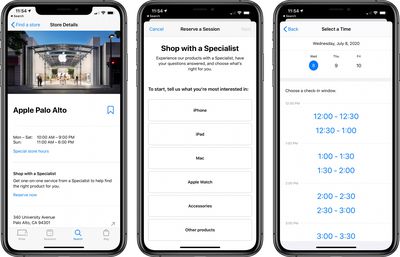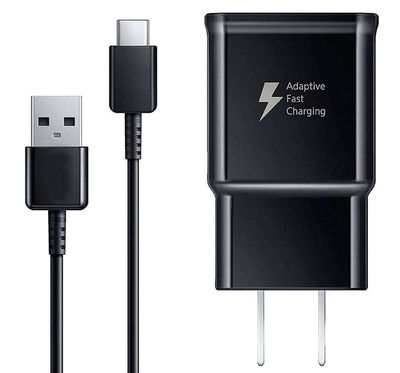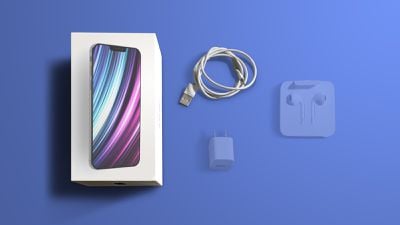MacRumors and password management platform 1Password have partnered up to offer our readers 50 percent off their first year of the 1Password Individual plan. Only new 1Password users will be able to claim the discount.
 Note: MacRumors is an affiliate partner with 1Password. When you click a link and make a purchase, we may receive a small payment, which helps us keep the site running.
Note: MacRumors is an affiliate partner with 1Password. When you click a link and make a purchase, we may receive a small payment, which helps us keep the site running.
The 1Password Individual account regularly runs for $2.99/month, billed annually at $35.88. With our exclusive discount, you can get this plan for $17.94 for the first year of 1Password. Additionally, you'll receive a 30 day free trial when first signing up for the Individual Plan.
This sale doesn't require any discount code, so simply follow this link to the 1Password website. New 1Password users can enter their email address to sign up for a 1Password account and automatically get 50 percent off their first year.
1Password is a password management app that is compatible across Apple devices, including iPhone and Mac. It allows you to create and store strong passwords across all of your most important online accounts, and alert you when your passwords are compromised.
The 1Password app also informs you when sites that you're storing information for support two-factor authentication, helping you improve and strengthen your login information. If you're on a Touch ID or Face ID-supported Apple device, you can also open the 1Password app even quicker with Apple's biometric authentication systems.
Our readers will have until August 31, 2020 to claim this deal. Head to our full Deals Roundup to get caught up with all of the latest deals and discounts that we've been tracking over the past week.



 Note: MacRumors is an affiliate partner with TigerDirect. When you click a link and make a purchase, we may receive a small payment, which helps us keep the site running.
Note: MacRumors is an affiliate partner with TigerDirect. When you click a link and make a purchase, we may receive a small payment, which helps us keep the site running.


























